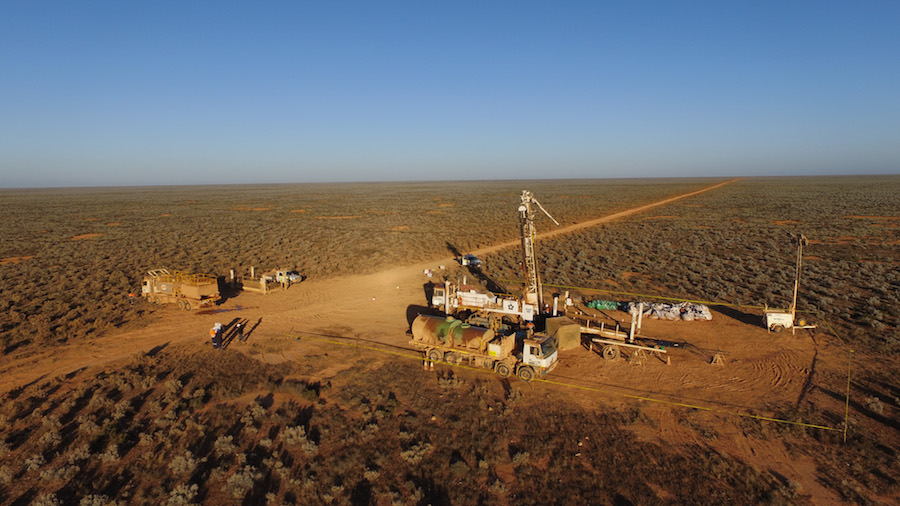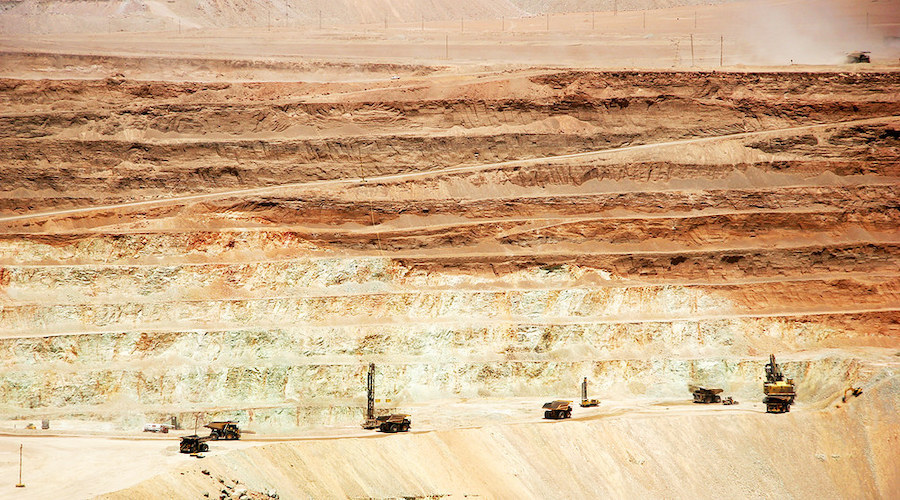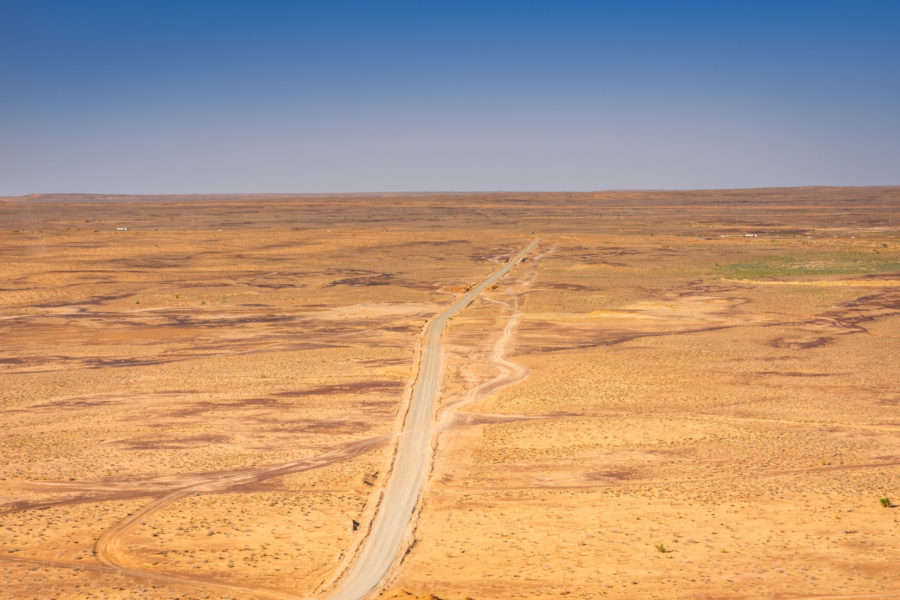South Australian geologists to drive a revolution in minerals exploration

Replacing the Deep Exploration Technologies CRC, the newly established MinEx Cooperative Research Centre will begin operating in July at the University of South Australia and in Western Australia.
Chief Scientific Officer for the MinEx CRC and John Ralston Chair in Minerals and Resources Engineering at UniSA’s Future Industries Institute, Professor David Giles, said his objective is to enhance the efficiency of minerals exploration nationally.
“In the Australian context, the cost of exploration for new deposits has risen over the past 30 years and our success rate has declined,” Prof Giles said.
“We need to improve our performance if mineral resources are to continue their significant contribution to the Australian economy. Mineral resources contributed about 50 per cent of Australia’s exports and about 10 per cent of our GDP in 2015-16.”
“Our efforts at the CRC will focus on developing safer, more productive, and more environmentally friendly drilling methods and technologies, to discover new minerals deposits and support the long-term future of the industry.”
Australia Bureau of Statistics data shows exploration success in Australia has declined over the last nine years with the cost of exploration per metre drilled increasing from $89/m in 1997 to $207/m in 2017.
Additionally, Australia’s share of the global mineral budget has declined for the past two decades.
Prof Giles said cheaper and more effective drilling technologies have the potential to improve the discovery and affordability of establishing new mineral deposits, leading to a more competitive and sustainable mining industry nationally.
Supported by a $50 million grant from the Australian Government and more than $150 million in cash and in-kind support from industry participants, the MinEx CRC will develop cost-effective and eco-friendly mining technologies related to in-field sensing and real-time data analytics
It will also oversee the deployment of new technologies in a nation-wide drilling program aimed at collecting mineral exploration data on un-sampled rocks that are prospective for minerals.
Three key areas of research for the MinEx CRC include new drilling technologies, data collection and deploying novel drilling technologies in collaboration with Australia’s geological surveys through the National Drilling Initiative (NDI).
“We are going to contribute key research in the design of new drilling technologies as well as how to analyse the data and how to interpret the results to find new mining repositories,” Prof Giles said.
Long-term, the CRC aims to use innovative drilling technologies to map the deep cover search space to provide real-time geological data to help companies assess the risks of mining exploration across Australia.
“We are now able to plot out 10 years of research in the resources sector,” Prof Giles said.
The NDI is a key component of the MinEx CRC, which will involve collaboration between three state geological surveys to gather mineral exploration data in covered areas.
The South Australian node of the MinEx CRC will link the University of South Australia, the University of Adelaide and the Geological Survey of South Australia.
Prof Giles said about 7 per cent of the budget for the CRC would be invested in securing future skills for the mining industry by supporting about 50 PhD researchers and establishing a program to train geologists in the new technologies.
UniSA’s Deputy Vice Chancellor Professor Tanya Munro says the MinEx CRC demonstrates the importance of tertiary institutions in resolving industry challenges.
“It is fantastic to once again be playing a leadership role in the minerals and mining sector to help build a sustainable, innovative and environmentally conscious future for this vital sector in the Australian economy,” Prof Monro said.
More News
Copper output from Codelco slips 6% in February
April 10, 2025 | 01:16 pm
Uzbekistan, US companies ink minerals deals
April 10, 2025 | 12:22 pm
{{ commodity.name }}
{{ post.title }}
{{ post.date }}




Comments